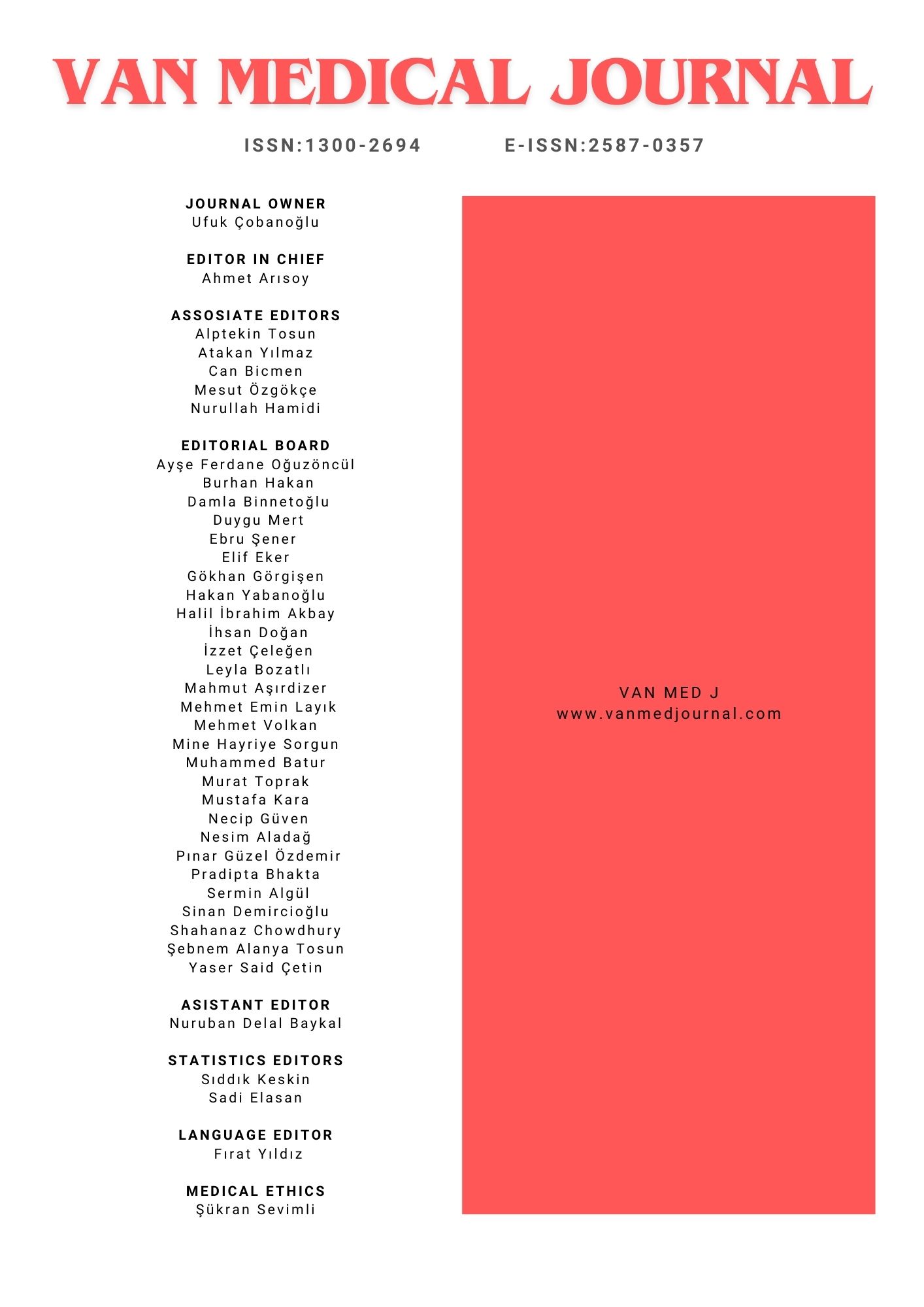Retrospective Analysis of FAST Examinations in an Emergency Department in Izmir
Efe Kanter1, Semih Musa Coşkun1, Burak Acar1, Mehmet Göktuğ Efgan1, Adnan Yamanoğlu1, Mustafa Agah Tekindal2, Fatih Esat Topal11Department of Emergency Medicine, Izmir Katip Celebi University, Faculty of Medicine, Izmir, Turkey2Department of Biostatistics, Izmir Katip Celebi University, Faculty of Medicine, Izmir, Turkey
INTRODUCTION: Focused Assessment with Sonography for Trauma (FAST) is a widely used ultrasonographic protocol in emergency departments for rapidly detecting intra-abdominal free fluid in trauma patients. While effective, its limited sensitivity for small fluid collections and certain solid organ injuries underscores the need for complementary imaging modalities like computed tomography (CT). This study evaluates the diagnostic role of FAST, its concordance with CT findings, and its impact on clinical outcomes.
METHODS: This retrospective, single-center study analyzed trauma patients who underwent FAST at a tertiary hospital in İzmir, Turkey, over four years. Only patients with radiologist-reported FAST results were included. Demographics, trauma mechanisms, FAST findings, CT results, and clinical outcomes (surgery, admission, mortality) were collected and analyzed statistically.
RESULTS: Among 428 patients, 8.18% (35) had free fluid detected by FAST, while 10.05% (43) had free fluid identified by CT. Patients with free fluid detected exclusively on CT showed no significant association with mortality (16.7%) or gastrointestinal system (GIS) surgery (2.7%) but had higher ward and ICU admission rates (p=0.001). Patients with free fluid detected by both FAST and CT had worse outcomes, including Intensive Care Unit (ICU) admission (18.2%) and mortality (33.3%). Significant hemogram decreases and new-onset liver function abnormalities were associated with increased GIS surgery and adverse outcomes (p<0.05).
DISCUSSION AND CONCLUSION: FAST is an essential bedside tool for trauma assessment, but its limitations highlight the importance of integrating CT for comprehensive evaluation. Free fluid identified exclusively on CT emphasizes the need for enhanced monitoring despite no direct impact on mortality or surgery.
Manuscript Language: English

